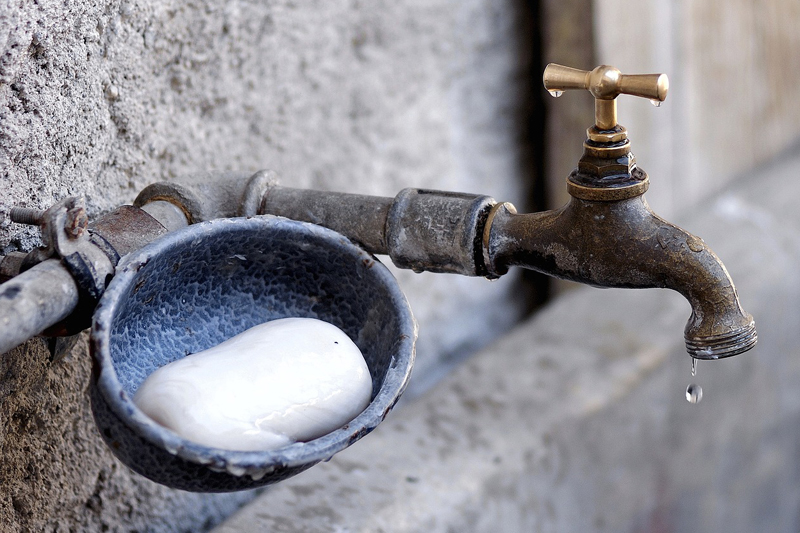Save that drop: Malawi’s water woes
Like most countries in the Southern Africa region, Malawi has faced severe water stress in the past few years owing to low rainfall during the period. This has affected the generation of electricity as well as agricultural productivity. And water rationing in Blantyre and Lilongwe cities.
While we have no control over rainfall patterns we do have the capability to mitigate the effects… to a point. In my November 2009 post I asked if, as a nation, we are learning from the happenings around us. My post covered forex and fuel problems but I will concentrate on power and water.
The state of Lake Malawi
Early in January this year, the Electricity Supply Corporation (ESCOM) produced a full spread advert in the local press. In it, they tried to justify the continued load shedding exercise despite being a few weeks into the rainy season.
If Lake Malawi has +ed by only 20mm, @ESCOM_Malawi & @MalawiWeather forecast how many years of normal rain we need 2 get back 2 normal plse! pic.twitter.com/E6v6KXKkNJ
— Austin Madinga (@austinmadinga) January 11, 2017
The levels of water in the lake had increased by a mere 20mm. The normal water level in Lake Malawi is 474.5 metres above sea level. In January the level had dropped by two metres.
The 20 mm increase was not enough to significantly raise water levels in the Shire river and improve electricity generation at Escom’s Nkula and Tedzani hydropower stations. So they resorted to using outflows from tributaries in the southern region while controlling the flow of water from Lake Malawi at Liwonde Barrage. A temporary solution but one that worked for a while nevertheless.
On the water supply issue to Malawi’s main cities, the problem has been there for longer. And in most cases, the cause of these shortages is more to do with inefficiencies rather than with nature. Despite these supply hiccups city residents are still known to waste this precious resource when it is available.
The fix to Malawi’s water woes
It was a well-known fact it will take years of above-average rainfall for water reservoirs, dams and lakes to recover to pre-drought levels. In other countries in the Southern Africa region, this fact was publicly communicated to farmers and other stakeholders. Not here! Meanwhile, the whole country expected a week of rainfall to reverse the damage done over two years.

So as we commemorate World Water Week what’s the fix?
Gray water could be one. How much wastewater does a commercial office block flush out into Mudi or Lilongwe river every day? Wastewater that could be processed and used for lawns.
Government providing incentives for renewable energy adoption is another fix. Factories using their large roof surface areas fitted with solar panels to generate power for lighting. Schools and hospitals generating bio-gas from humanure for cooking. Would this mean we use Liwonde Barrage to control Lake Malawi levels and not necessarily open the gates to raise Shire river levels for hydro generation? I am no expert but it makes some sense to me.
Another fix could be enforcing legislation that protects our forests and water catchment areas from wanton destruction. But with no alternative fuel what does the poor villager use for cooking and heating? Hey, without charcoal what does the well-off urban dweller use to cook when electricity is off? It is one vicious circle!
Now years into our power and water problems, are we, those directly affected, devising any long term fixes? Or at the very least are we having serious discussions about this? Your guess is as good as mine!





